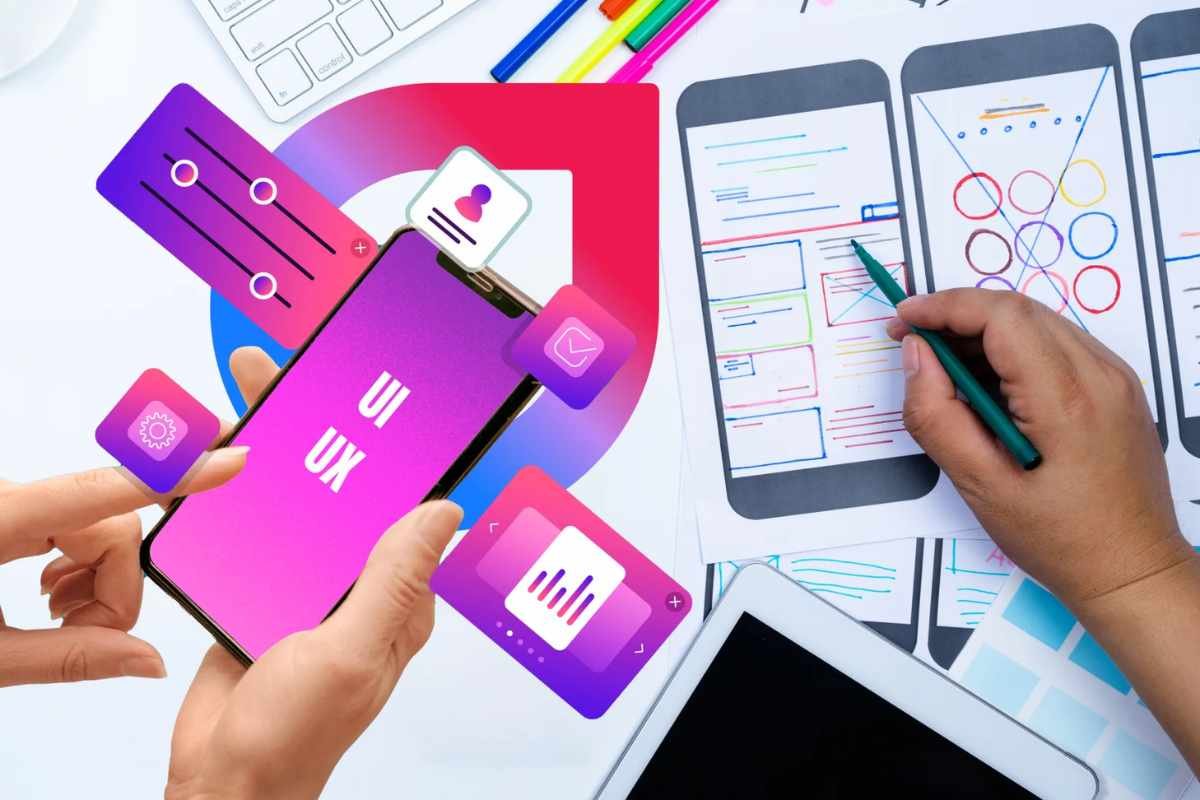Have you ever thought about creating your own app? Perhaps it’s a chance to meet fellow dog owners who share your interests, make a fitness app to entice people to exercise, or even an app for your small business. There’s probably enough space in the huge universe of mobile apps for your original idea to succeed if you’re truly dedicated to the project.
Just for reference, Identifying your app idea if you’re considering creating a fitness app for gymgoers, knowing that there are 97,000 health and fitness apps available for smartphones and tablets might help you understand how distinctive and unique your app should be.
However, it can seem like a leap of faith to go from that first “aha!” moment to a complete product in the app stores. This article uncovers some pretty neat ways to guide your app idea from the critical initial stage of identifying your app idea and turning it from a random notion into a workable plan.
Can Anyone Build an App?
In short, yes. Thanks to mobile app builders, anyone can learn how to develop an app without having any prior coding experience or knowledge, for that matter.
Identifying your app idea is pretty much similar to building a house: before adding elaborate features, a strong foundation is required. While adding as much content as possible to your app may sound alluring, doing so could actually detract from your primary goal. Remember that the cost and time of development increase with each additional feature. An app that is well-optimized and performs its primary goal is preferable to one that is overly feature-rich and appears disorganized and unclear.
Sparking the Flame: Where Do App Ideas Come From?
Anywhere, at any moment, your creative mind can brainstorm for identifying your app idea. It may be a personal discomfort you deal with daily, a gap you see in the current app market, or even a creative and enjoyable way to meet new people.
Here are some strategies to get your brainstorming session for app ideas started:
- Look for inspiration: Examine the apps that are already present in your niche. What are they good for? Which features can be much better? Can you locate an unmet demand in a niche market?
- Embrace trends: Keep up with the latest developments in both technology and user behavior. Does a novel technology, like augmented reality (AR), for example, draw attention from a wider audience?
Shaping Your Idea: From Fuzzy Concept to Focused Vision
It’s crucial to identifying your app idea into a clear concept once you’re done with brainstorming. Here are some important questions to keep in mind:
- What problem does it solve? Each and every trending app fulfills a particular need or desire. Clearly state the issue that your app seeks to solve.
- Who is your target audience? Picture the perfect app user. Comprehending their demographics, interests, and areas of discomfort will influence the features and layout of your application.
- What makes your app unique? A unique selling proposition (USP) is a must in a crowded market. What distinguishes your app from the ones that already exist?
Building a Strong Foundation: User Research and Validation
Get user insights and identifying your app idea before developing it. Speak with prospective users to learn about their needs and interests—the right insight is basically invaluable, especially in the app development realm.
Find out whether there is any demand for your app by conducting online market research. You can also evaluate the features, drawbacks, strengths, and weaknesses of competing applications to see how yours will offer a better and more distinctive user experience.
User Stories: Mapping the User Journey
Picture yourself as the actual user of your app. User stories put you in the shoes of your target user and map out the steps they would take to complete a specific task. Think of it like a mini-narrative. As a busy parent on the go, I want to quickly create a grocery list, easily share it with my family for additions, and seamlessly place an order for home delivery – all within the app, sounds like the user story for a grocery shopping app.
User stories for essential features like item search, list creation, family collaboration, and checkout help you ensure that your app provides a seamless and easy-to-use interface that anticipates and meets the demands of your users at every stage. This user-focused approach is key to creating an app that feels natural and is enjoyable to use.
Transforming Idea to Reality: Next Steps
You’re prepared to move forward if your app concept is clear and your user research is strong. What’s next is as follows:
- Make a prototype: A prototype is a condensed version of your app. It enables you to explore and test essential features before delving into intricate programming.
- Create your app: Coding and app development are part of this step, which is dependent on user input and your prototype. However, you won’t need any of that if you use an app builder.
- Testing and improvement: Thorough testing ensures that your app runs smoothly and without any bugs that can hinder the app experience. Prior to launch, user feedback at this stage aids in further app refinement.
- App Store launch and beyond: Next is the moment you’ve been waiting for. You can now publish your app online and track user reviews to make constant improvements.
The Final Word: Your App Idea Awaits!
There you have it, then! Your app idea has developed from a random notion to a clear concept with a successful launch plan. Understand that developing an app is a thrilling journey rather than a straight line.
Accept the fact that you will need to learn, refine, and adjust in response to user input. With a user-centric approach and a dash of originality, your app idea could become a reality that not only solves problems but also wows users, leaving them wondering how they ever lived without it. Now take out your notebook, jot down those user stories, and be ready to see your app go from a concept to App Store success.






